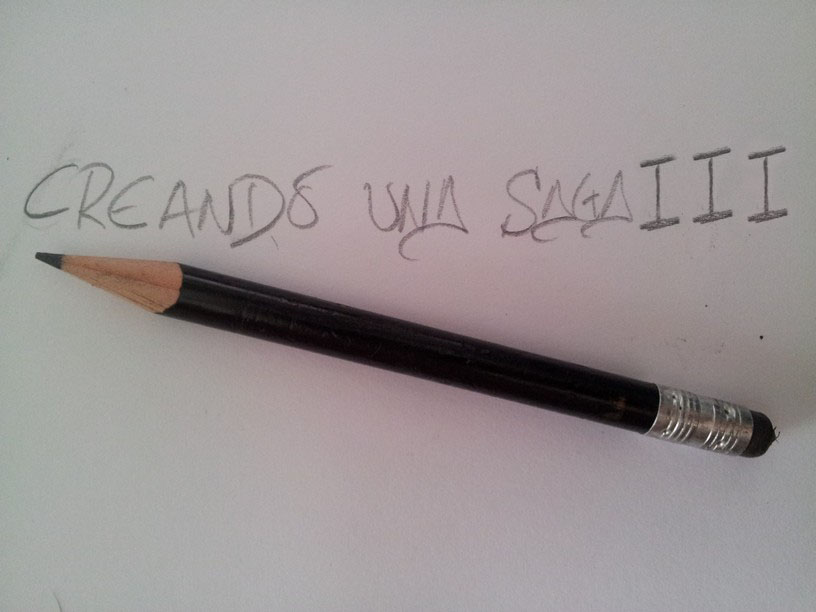I return to the Creating a Saga subseries with a new installment in which I continue to expand details about the creation and documentation process that I followed to give life to the universe and the saga of ‘The Mark of Odin’. In this third chapter I focus on the locations section, on how I researched to recreate the places that appear in the book.
When one considers a saga like ‘The Mark of Odin’ in which in its first installment all the locations are real, it is clear that it is of great importance to be faithful to reality. The places that appear in history must respect the fidelity of their real references and those that are fictional must be able to fit perfectly. On the other hand, the imaginary locations must be on par in realism, to maintain a synchronicity that ensures that the reader is not shocked when going from the description of a place that exists to another that does not. Obviously, another very important factor is maintaining consistency in the physical and natural laws that affect locations. And if these change, they must have a coherent justification. Gravity and its effects on Earth are not the same as on the Moon, for example.
Well, when it came to dealing with the documentation of the locations I found two completely different situations. The first was the places that I already knew and had seen. As you well know, the city of Seville is the main location of ‘The Mark of Odin: The Awakening’. For me it was important to be able to reflect the city as it is and to be able to fit within it the notable changes that it experiences in the alternative version that I present. The second was all those locations that are real but that I had never been to or those that are completely imagined and do not exist, or at least we still have no evidence of it ;).
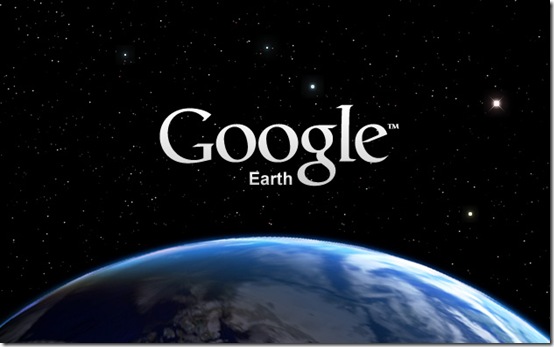
As most of you know, the city of Seville is one of the central pillars of the first book as a location. I have been living here since I was fifteen, with the exception of my time in Zurich and Oslo, and I can say that I know its streets quite well. Recreating the places that appear was as simple as drawing on my own experiences and memories, or simply going for a walk and looking again at those places that suited me for the story but that I had not yet seen with the eyes of someone who wanted to use them for recreate a fictional story.
In this sense there is a very clear example. Two restaurants that appear in the book. One is real, PURATASCA, which is where Eva and Luis have dinner at one point in the plot. Its recreation is very faithful to reality and if readers visit it they will discover that what I describe is completely faithful to what they will find. The other is the restaurant where Luis’s birthday is celebrated, ‘Los Viajeros’, a restaurant that doesn’t really exist, but could fit in with many in the Alameda de Hércules area of Seville. In one case I limited myself to describing something that already existed, in the other I took a preconceived idea and fitted it into an environment to adapt it to my needs.
But what happens when you need to see the city of Seville from a point of view that you can’t reach at street level? Or a place you can’t go to? Well, today we can count on a powerful free tool like Google Earth with which we can visit any place in the world and see it from different points of view. Thanks to it I was able to find new locations and perfect the vision I had of others I already knew.
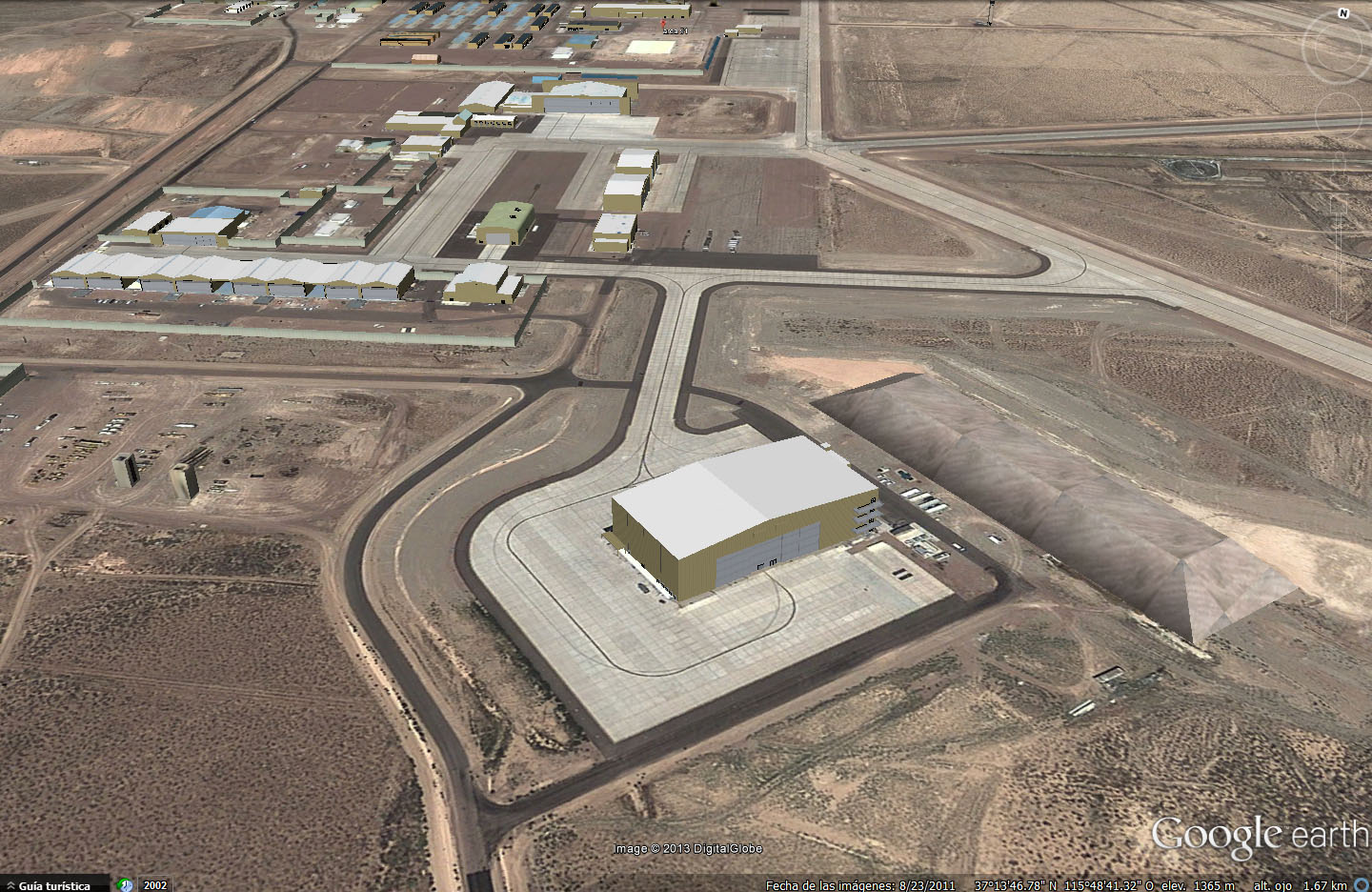

An example of this is Area 51. It is actually Groom Lake Air Base, as those of you who have read the book already know. It is curious how from Google Earth you can see all the surface facilities of this North American military base, but on the other hand the Morón Air Base is censored. It makes you wonder if what Google Earth shows us are real images or just a montage to cover up. Be that as it may, I relied on them when recreating said base in the second chapter of the book in which Jack Preston and Kira Takeda must show the potential of the X-56 Phoenix.
The best thing about Google Earth is that it not only allows us to visit places on Earth, both on its land surface and underwater, but we can travel to the Moon or Mars and discover incredible places. Furthermore, it also helped me track the sky and make many decisions that you will be aware of in the following installments of the saga.
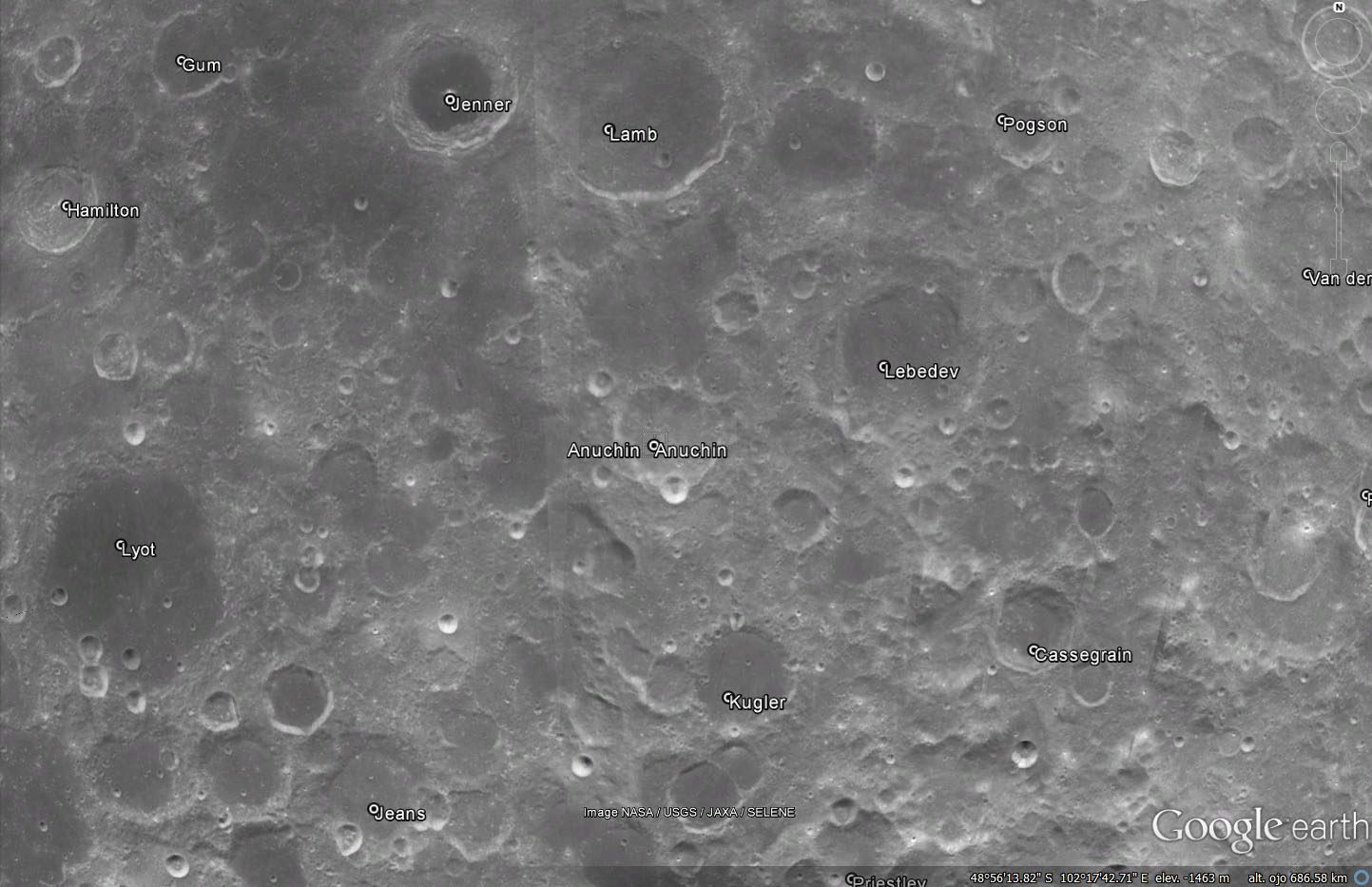
But what happens with those imaginary places? Well, obviously imagination is the main source from which one draws. Since even if one has a powerful imagination, one of the ways to reinforce these mental images is to use real ones and superimpose them. In this sense, I took advantage of my trip to New Zealand in 2009 to document an endless number of possible locations that would serve me for different places in the saga, whether fictional or not.
In total I took around 3,000 photographs from different parts of New Zealand. If you haven’t been, it is an incredible country. Especially for its great contrast of environments and landscapes. Many of the places I visited later fueled my imagination to perfectly visualize very different and distant places from our beloved Earth.
In the end, what it comes down to is combining all the sources of inspiration that one has to obtain the best result and ensuring that the places that are presented to readers are credible, but also awaken the imagination and are capable of transmitting all kinds of sensations. Terror, wonder, frenzy, beauty, loneliness…
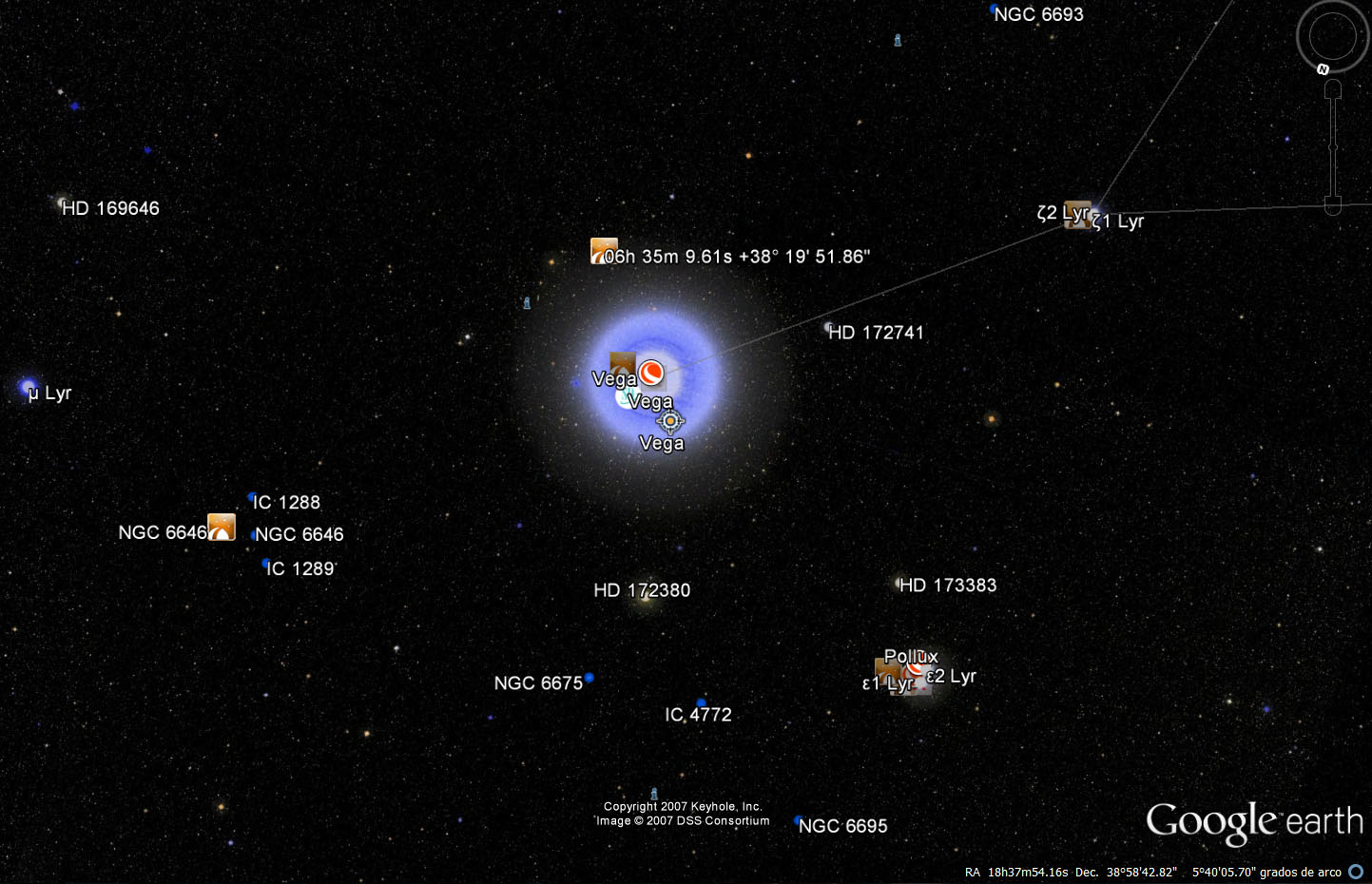
That ended for now. Later, once we have all advanced to the next major stage of the ‘Mark of Odin’ saga, we will be able to delve into other types of locations, let’s say, more special ones, and how I came to recreate them.
Remember, everything is connected!
Xavier Marcé

